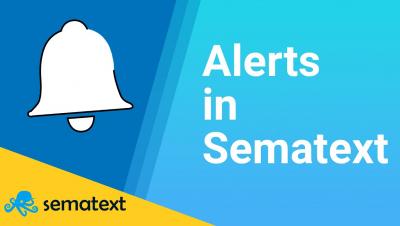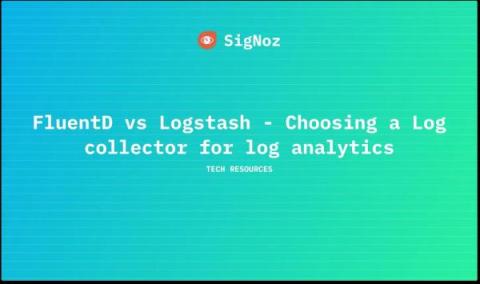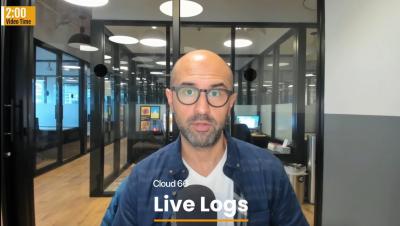Operations | Monitoring | ITSM | DevOps | Cloud
Logging
The latest News and Information on Log Management, Log Analytics and related technologies.
Observability and Its Influence on Scrum Metrics
Scrum metrics are an essential indicator of your team’s progress. In an agile team, they help you understand the pace and progress of every sprint, ascertain whether you’re on track for timely delivery or not, and more. Although scrum metrics are essential, they are only one facet of the delivery process — sure, they ensure you’re on track, but how do you ensure that there are no roadblocks during development? That’s precisely where observability helps.
Three Key Considerations for Deploying Best-of-Breed Observability | AWS reInvent 2022, Ed Walsh
Alerts in Sematext | Sematext Cloud Guide
FluentD vs Logstash - Choosing a Log collector for Log Analytics
Grafana Loki 2.7 release: TSDB index, Promtail enhancements, and more
Grafana Loki 2.7 has arrived! With it comes an experimental feature we are rather excited about: a redesigned index based off of the Prometheus TSDB index. While we are still in the early stages, this enhancement in Grafana Loki, which we previewed at ObservabilityCON 2022, creates a smaller storage footprint, better query performance, and much more that we will dive into below!
Product Spotlight: Logz.io Telemetry Collector for Fast Data Shipping
Today we’re excited to announce Logz.io Telemetry Collector – an agent that can send logs, metrics, and traces to Logz.io in a single installation as part of our Open 360™ platform. With Telemetry Collector, customers can get started monitoring their services with Logz.io faster than ever by simplifying the data collection process.
Too many tools? Best practices for planning and implementing a successful IT tool consolidation strategy
LiveLogs - Cloud 66 Demo
Search Observability Data In-Place: Store Where You Want, Query When You Want
When we created Cribl Search, we wanted to give systems administrators the ability to query data without having to spend resources on collection and processing first — but we didn’t stop there. With Search, we’re also making it possible to query all the data you’ve already collected, processed, and kept in places like object stores, file systems, analytics tools, S3 buckets, or other data stores.











